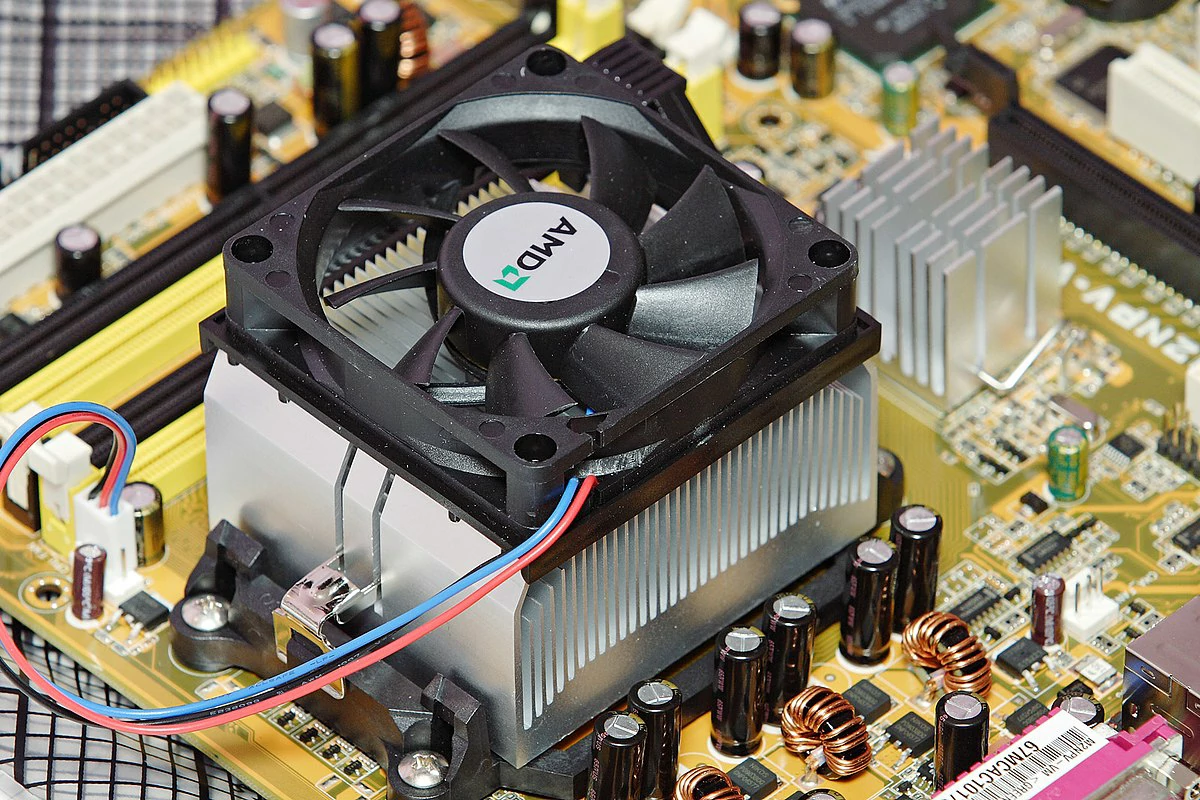Dc charging pile display chip source driver Main component Concept:...
Introduction to gas relay of DC charging pile transformer
The gas relay of a DC charging pile transformer is an essential protective device, and its main functions and features are as follows:
Main component
Protective Role
The gas relay, also known as the vapor relay, is installed in the pipeline between the transformer's oil conservator tank and the oil tank. When a fault inside the transformer causes the oil to decompose and produce gas or oil movement, the contacts of the gas relay operate, activate the specified control circuit, and promptly issue an alarm signal (light gas) or initiate protective elements to automatically disconnect the transformer (heavy gas).
Light Gas and Heavy Gas
Light gas is primarily indicated when the oil decomposes into gas during operation or minor faults, and the gas rises into the gas relay. The air pressure causes the oil level to drop, and the relay's open cup follows the oil level down, activating the light gas reed contact to send a signal. When there is too much gas in the light gas, the gas can be released through the gas relay's air nozzle. Heavy gas is primarily indicated in severe internal faults of the transformer (especially winding short circuits and other faults that other transformer protections cannot act quickly on), where the intense gas drives the oil flow to impact the baffle, and the magnet on the baffle attracts the heavy gas reed contact, causing the contact to close and trip the circuit breaker.
Structural Types
Gas relays are divided into loaded gas relays (with an oil pipe radius of generally 50mm or 80mm) and integral gas relays (with an oil pipe radius of generally 80mm). Gas relays come in various models such as float-type, baffle-type, and open-cup type. For example, the QJ-80 type relay has its signal circuit connected to the upper open cup and its tripping circuit connected to the lower baffle.
Working Principle
The gas relay is built into the cooling circuit of the protected equipment, responding to faults such as gas formation, loss, and excessive flow of insulating liquids, and issuing alarm or shutdown signals. This can prevent catastrophic damage to or even destruction of the transformer.
Routine Inspection and Maintenance
The gas relay requires regular inspection and maintenance to ensure its good insulating properties and mechanical strength. Inspections include ensuring the effectiveness of the desiccant in the gas relay and checking that the contacts are clean and making good contact.
In summary, the gas relay is an indispensable safety component in the transformers of DC charging piles. It prevents and responds to potential faults by monitoring changes in gas inside the transformer, thereby protecting the transformer from serious damage.

DC CHARGING PIlE SERIES
DC charging pile is an efficient charging facility for electric vehicles, which uses direct current (DC) to directly charge the vehicle battery, significantly reducing the charging time. Compared with traditional AC charging piles, DC charging piles are able to provide higher power output and can usually charge an EV to 80% of its capacity in 30 minutes, providing users with a convenient charging experience.
Extended reading
What are the components of the card reader?
What are the components of the card reader? The components...
RF Front End of DC charging pile wireless module
RF Front End of DC charging pile wireless module Main...
How is the emergency stop button of DC charging pile designed?
How is the emergency stop button of DC charging pile...
Introduction of fan in DC charging pile cooling system
Introduction of fan in DC charging pile cooling system In...
The component of communication interface chip in the control module
A highly integrated backup power solution for solar home energy...
THE ESSC Brand promise
Global supply
Our products sell well all over the world, covering many countries and regions, through the global logistics network, to provide customers with convenient purchasing experience.
Rigorous quality
We adhere to the highest quality control standards to ensure every product meets industry regulations and customer expectations, earning trust through consistent excellence.
Excellent service
With a customer-centric approach, we provide prompt responses, professional support, and personalized services, aiming to deliver the best user experience and long-term value.





